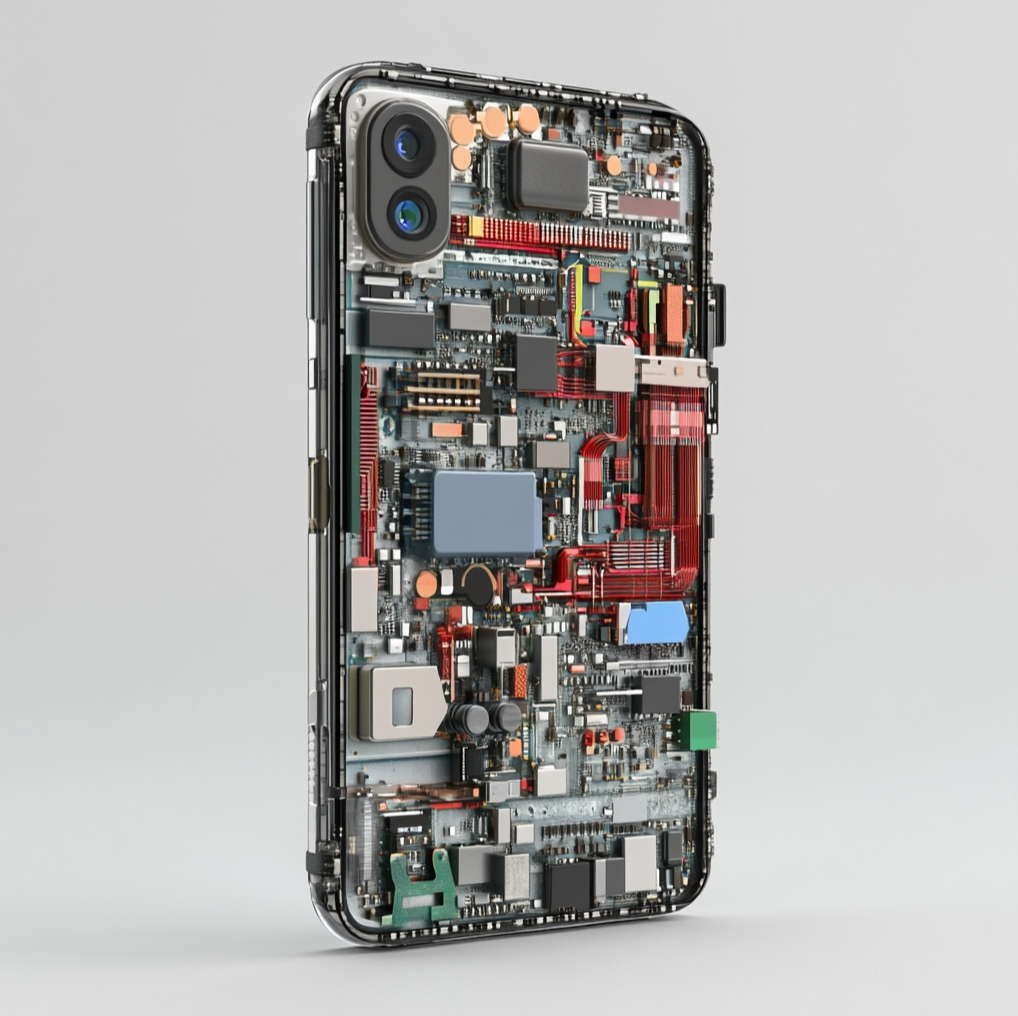If you have not heard about it, it is essentially Ubuntu for phones, allowing you to have Linux in your pocket. I had a compatible device that worked with version 16.04. I was able to install it and set it up on my device. The big thing about it was not only was it Linux in your pocket, but also privacy and no tracking. Due to reasons that I will talk about here, I have uninstalled the operating system off of my phone and have instead installed LineageOS, which means that I will have to stick to screenshots. (I have tried to run the emulator on a VM, but all my attempts did not succeed.)
First, throw all your expectations of this just being Ubuntu on a phone out. This operating system works like Fedora, in the sense that its system is locked down and the actual system cannot be written to. This means that apt-get is broken and will not work. What will work is the official “click” package manager. You can open it’s GUI when you swipe right from the left edge of the screen. It is called “OpenStore”. From there you can install apps like “WayDroid Helper” which can install Waydroid, an android emulator on your system and you can run Android without Google Apps. If you want to go ahead and actually gain access to the system, then you would execute:
sudo mount -o remount,rw /This remounts the operating system files as root and can give you access to the whole system. Great, now let’s install Firefox since the default browser can’t even download an image from Pexels! So I type in:
sudo apt update
sudo apt install firefoxAs expected, Firefox appears in the apps list, but when you launch it, it shows the icon of the app when opening, then quickly closes and crashes. This is due to Ubuntu Touch using a obscure display server, Mir. I have no idea why they would choose this over something like Wayland, X or anything else. Firefox and many other applications for desktop Ubuntu don’t support Mir, and have to use X. Libertine containers have a solution for this by converting apps into using Mir. So you are essentially forced to use containers.
So I go ahead into the settings, create a container, and install Firefox. That does not work. I kept waiting and waiting, but it never installed. Libertine also does not give you a shell to access the container so you cannot resolve issues in the container. I was then forced to use the default browser. I thought that it would not be much of a problem. I guess it is Chromium-based or something. So I opened it and went to Pexels to download a wallpaper for it. Opening an image and tapping Download did nothing. That was very disappointing. From there, I essentially installed LineageOS, a custom ROM which I have used before and I trust. It makes slow devices feel faster and more responsive.
It may have just been me and Ubuntu Touch is actually good, and I am willing to give it a second try, but for now I will be sticking with LineageOS.
